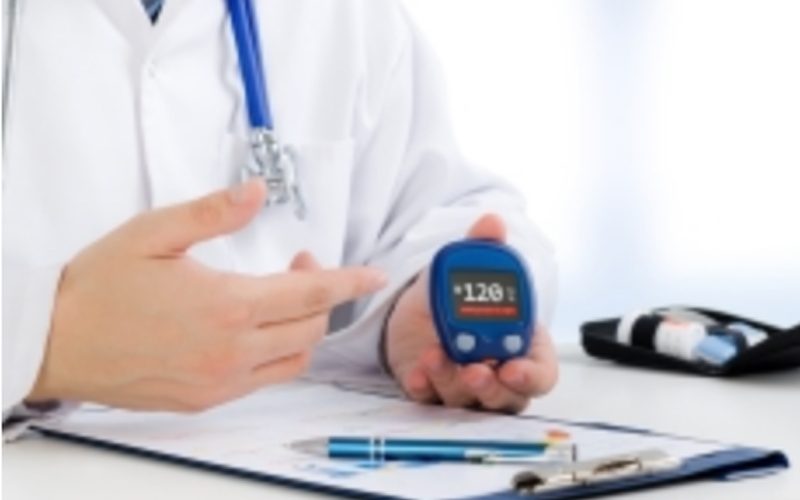Maintaining good blood sugar control might take dedication and time, but making it a priority can help you avoid or delay serious complications of type 2 diabetes.
“Managing type 2 diabetes is a long war, not a battle won within a month or two,” says Sethu K. Reddy, MD, MBA, chief of the adult diabetes section at Joslin Diabetes Center in Boston, Massachusetts.
Blood Sugar: When It’s Too Low or Too High
The hormone insulin takes sugar (glucose) from food and uses it for energy. With type 2 diabetes, you don’t have enough insulin or your body isn’t effective at using insulin, and excess sugar continues to circulate in your bloodstream.
A target blood sugar range for most people with type 2 diabetes is 80 to 130 milligrams per deciliter (mg/dl) before a meal and less than 180 mg/dl one to two hours after starting a meal, according to the American Diabetes Association.
A reading of 160 mg/dl or higher is typically considered high blood sugar (hyperglycemia). Over time, blood sugar in the range of 160 to 250 mg/dl can affect every organ in your body, Dr. Reddy says. It’s associated with heart disease, eye disease, kidney disease, neuropathy, stroke, and vascular disease. If blood sugar goes as high as 500 mg/dl, you may experience symptoms such as thirst, the urge to urinate more often, weight loss, low energy, and drowsiness, he says.
Low blood sugar (hypoglycemia) occurs when levels fall to less than 70 mg/dl. This is a risk when you take insulin or other diabetes medications, have gone too long without a meal, have been active, or have been drinking alcohol.
If your blood sugar goes too low, you’ll probably feel shaky and sweaty and you may develop tremors, Reddy says. Other symptoms may include a racing heart, headache, weakness, confusion, hunger, irritability, lack of coordination, and pale skin. If your blood sugar continues to drop to 30 mg/dl and below, you could slip into a diabetic coma.
Improving Blood Sugar Control
Good blood sugar control can help you avoid the symptoms and complications of going too high or low. You’ll also feel better and have more energy, says Rasa Kazlauskaite, MD, medical director of the Rush University Prevention Center in Chicago, Illinois, and associate professor in the department of preventive medicine and internal medicine.
Get started with these 10 tips to help you rein in your blood sugar and better manage type 2 diabetes:
1. Stick to your medication plan. There are many drugs to help control blood sugar, Reddy says. Taking your medication as directed is vital — don’t skip doses.
2. Eat on schedule. Eating healthy meals at about the same time every day helps keep blood sugar steady. Also, “meal routines and consistency help to avoid severe hunger and help medications work better,” Dr. Kazlauskaite says.
3. Distribute carbohydrates throughout the day. Make it a goal to eat two to four carbohydrate servings — about 30 to 60 grams — per meal, says Margaret Powers, PhD, RD, CDE, president-elect of health care and education for the American Diabetes Association and a research scientist at Park Nicollet Health Services International Diabetes Center in Minneapolis, Minnesota. Because carbohydrates raise your blood sugar, spacing them out can help keep your levels in a healthy range.
4. Test your blood sugar. Testing with a meter is the only way to know how your body responds to the meals you’re eating. It also gives you valuable information on blood sugar control. “Not everyone with type 2 diabetes has to do this every single day,” Dr. Powers says. A few times a week might be enough for some people, but that’s something to determine with your doctor. In general, someone who is not taking insulin would begin by testing their blood sugar three times a day: fasting in the morning, before their largest meal, and one to two hours after that meal, she says, adding that people who take insulin might test more often, depending on their insulin regimen.
5. Put your stats in writing. Writing down what you’re eating along with your blood sugar readings will enable you and your doctor to review your progress. Use a notebook, website, or app to keep track.
6. React to signs of low blood sugar. The most common reason for low blood sugar is incorrect timing of a meal when taking diabetes medications, Kazlauskaite says. When you feel the warning signs, have 15 grams of carbohydrate, such as 4 ounces of juice, the Joslin Diabetes Center recommends. After resting for 15 minutes, test your blood sugar. If it’s below 70, have another 15 grams of carbohydrate.
7. Get moving. People with type 2 diabetes who exercise tend to have better control of their blood sugar and better blood pressure and cholesterol levels, according to a study published in 2015 in the Journal of Physical Therapy Science. To avoid low blood sugar, eat an extra serving of carbohydrate a half-hour before starting to exercise, Powers advises. If you’re exercising for a long time or doing strenuous activity, you may need to drink diluted juice or consume another carbohydrate during the workout.
8. Have a plan for dining out. Extra carbs lurking at restaurants, such as breading on chicken, can make eating out with type 2 diabetes a challenge, Powers says. Plan ahead by looking at the restaurant’s menu online. When ordering, also limit fats, such as butter and cream, for better heart health.
9. Make it a family affair. Reddy suggests recruiting family members to eat healthy and exercise with you so it feels more like fun than a task.
10. Stop the blame game. Don’t beat yourself up if you struggle with controlling your blood sugar, Reddy says. Because of the natural progression of the disease, blood sugar levels tend to go up over time and more medication may be needed.







